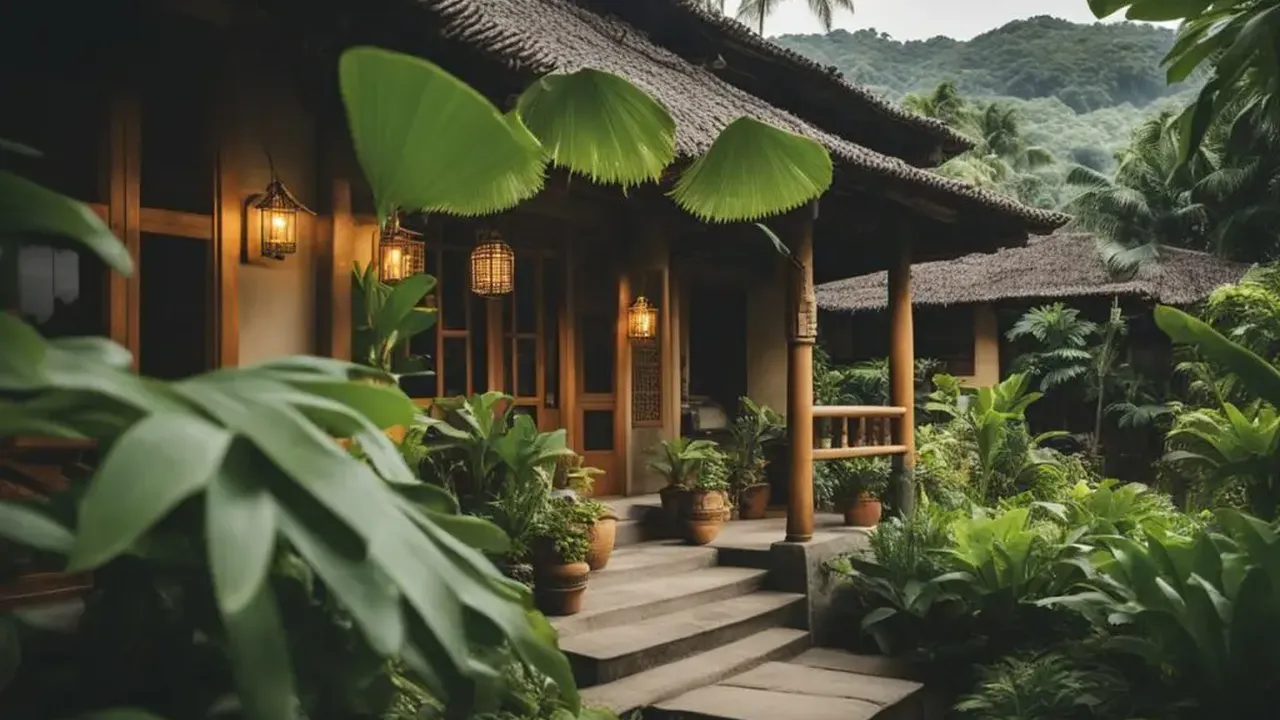Cooking Classes in Malaysia: Learning Local Cuisine

Discovering Malaysian Cuisine A Culinary Adventure
Malaysia, a melting pot of cultures, boasts a cuisine as diverse and vibrant as its people. From the fiery curries of the Malays to the delicate dim sum of the Chinese and the aromatic spices of the Indians, Malaysian food is an adventure for the senses. What better way to immerse yourself in this culinary landscape than by taking a cooking class? This guide explores the wonderful world of Malaysian cooking classes, offering insights into what to expect, where to find them, and even some product recommendations to enhance your home cooking experience.
Why Take a Cooking Class in Malaysia? Immerse Yourself in Local Flavors
Taking a cooking class isn't just about learning recipes; it's about understanding the culture, the history, and the passion that goes into Malaysian cuisine. You'll learn about the essential ingredients, the traditional cooking techniques, and the stories behind the dishes. Plus, you get to eat what you create!
Popular Malaysian Dishes to Learn Key Ingredients and Techniques
Many classes focus on iconic Malaysian dishes like Nasi Lemak (coconut rice), Rendang (slow-cooked meat in spices), Laksa (spicy noodle soup), and Satay (grilled skewers). You'll learn how to prepare the fragrant coconut rice, grind the spices for the rendang, balance the flavors of the laksa, and marinate the perfect satay.
Where to Find Cooking Classes in Malaysia Top Culinary Schools and Experiences
Cooking classes are available in major cities like Kuala Lumpur, Penang, and Malacca, as well as in smaller towns and rural areas. Look for reputable cooking schools, hotels offering culinary experiences, and even home-based cooking instructors.
Kuala Lumpur Culinary Hotspots: Explore KL's Best Cooking Classes
In Kuala Lumpur, you'll find a wide range of options, from professional culinary schools to casual cooking workshops. Some popular choices include:
- Lazat Malaysian Home Cooking: Offers hands-on classes in a traditional Malaysian home setting.
- ABC Cooking Studio: A Japanese-based cooking studio with branches in KL, offering a variety of Malaysian and international cuisine classes.
- At 19 Culinary Studio: A modern cooking studio with a focus on healthy and innovative Malaysian dishes.
Penang Food Paradise: Discover Penang's Culinary Secrets
Penang, known as the food capital of Malaysia, is a must-visit for food lovers. Consider these options:
- Tropical Spice Garden Cooking School: Located within a beautiful spice garden, this school offers classes focusing on using fresh spices in Malaysian cooking.
- Nazlina Spice Station: A popular cooking school run by a charismatic chef who shares her passion for Penang cuisine.
Malacca Historical Flavors: Cooking Classes in a UNESCO World Heritage City
Malacca, a UNESCO World Heritage City, offers a unique blend of Malay, Chinese, and Portuguese influences in its cuisine. Look for classes that highlight these culinary traditions.
Essential Cooking Tools and Ingredients Product Recommendations for Home Chefs
To recreate your favorite Malaysian dishes at home, you'll need some essential cooking tools and ingredients. Here are some recommendations:
Woks The Heart of Malaysian Cooking: Choosing the Right Wok
A wok is a versatile cooking tool essential for stir-frying, deep-frying, and steaming. Consider a carbon steel wok with a round bottom for even heat distribution. Look for woks with a long handle for easy maneuvering.
- Recommended Product: Joyce Chen 22-0068 Classic Series Carbon Steel Wok Set (approx. $50). This set includes a wok, a bamboo spatula, and a recipe booklet.
- Using Scenario: Perfect for stir-frying dishes like Char Kway Teow and Mee Goreng.
- Comparison: Carbon steel woks are preferred over non-stick woks for their durability and heat retention. Cast iron woks are also a good option but are heavier.
Spice Grinders Unleashing the Flavors: Mortar and Pestle vs Electric Grinder
Freshly ground spices are crucial for authentic Malaysian flavors. A mortar and pestle allows you to grind spices by hand, releasing their aroma and oils. An electric spice grinder is a convenient option for grinding larger quantities.
- Recommended Product: ChefSofi Mortar and Pestle Set - Unpolished Granite (approx. $30). This set is durable and provides a good grip for grinding spices.
- Using Scenario: Ideal for grinding spices for Rendang, Curry Laksa, and other dishes requiring fresh spice blends.
- Comparison: A mortar and pestle offers more control over the grinding process, while an electric grinder is faster and more efficient.
Coconut Milk The Creamy Base of Many Dishes: Fresh vs Canned
Coconut milk is a staple in Malaysian cuisine, adding richness and flavor to curries, soups, and desserts. Fresh coconut milk is the best option, but canned coconut milk is a convenient alternative.
- Recommended Product: Aroy-D Coconut Milk (canned, approx. $2 per can). This brand is known for its creamy texture and rich flavor.
- Using Scenario: Use in Nasi Lemak, Rendang, and other dishes requiring coconut milk.
- Comparison: Fresh coconut milk has a more delicate flavor, while canned coconut milk is more concentrated. Look for canned coconut milk with no added sugar or preservatives.
Mastering Malaysian Recipes Step-by-Step Guides and Tips
(Expand on specific recipes with detailed instructions and tips. Include common mistakes and how to avoid them.)
Beyond the Classroom Continuing Your Culinary Journey
(Suggest resources like cookbooks, online forums, and food blogs to further enhance their knowledge and skills.)
:max_bytes(150000):strip_icc()/277019-baked-pork-chops-with-cream-of-mushroom-soup-DDMFS-beauty-4x3-BG-7505-5762b731cf30447d9cbbbbbf387beafa.jpg)






